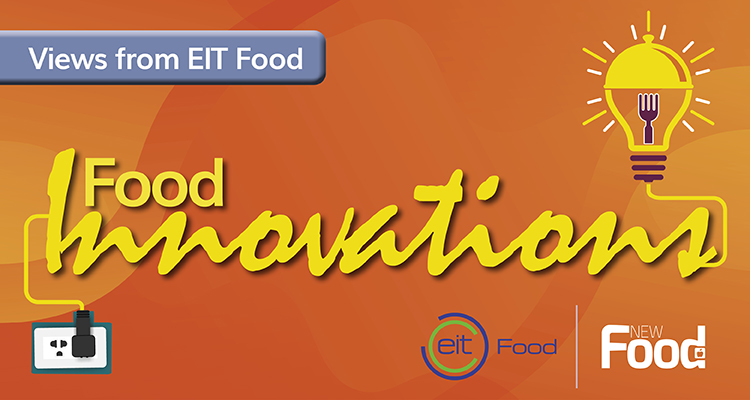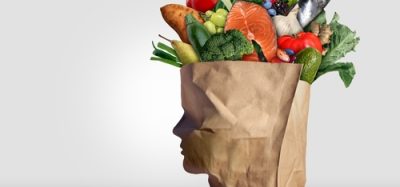Transparency and food innovation: honesty as policy
- Like
- Digg
- Del
- Tumblr
- VKontakte
- Buffer
- Love This
- Odnoklassniki
- Meneame
- Blogger
- Amazon
- Yahoo Mail
- Gmail
- AOL
- Newsvine
- HackerNews
- Evernote
- MySpace
- Mail.ru
- Viadeo
- Line
- Comments
- Yummly
- SMS
- Viber
- Telegram
- Subscribe
- Skype
- Facebook Messenger
- Kakao
- LiveJournal
- Yammer
- Edgar
- Fintel
- Mix
- Instapaper
- Copy Link
Posted: 13 April 2023 | Dr. Andy Zynga | No comments yet
Andy Zynga examines why demand for greater transparency has increased, and how food and beverage manufacturers can innovate to provide it.


While transparency should not be a new concept in our food system, demand for information has skyrocketed in recent years. Whether this is due to supply chain disruptions and rising food prices associated with crises such as COVID-19 and the war in Ukraine, or simply due to an increase in conscious consumerism, shoppers are hungry for details. People want to know how food travels – and what happens to it – from farm to fork.
We already know that consumers are demanding more from their food, with a recent EIT Food and Aarhus University study revealing that over half (52 percent) are checking prices more than they did before the COVID-19 pandemic and a third (33 percent) are paying more attention to food prices. A third (32 percent) also say they are now making more mindful food choices, such as paying greater attention to labels or seeking out new food innovations. Shifts in consumer behaviour and increase in awareness has paved the way for new solutions that seek to increase transparency and provide access to credible information for consumers – and between businesses – in an efficient, honest, and accessible way.
Consumers: transparency and food innovation
From the use of blockchain-powered systems that provide secure supply chain monitoring, to handy QR codes on food labels that consumers can scan to learn more about food products, the food innovation opportunities for consumers are growing, allowing them to make more informed food choices and demand more accountability from businesses.
Connecting Food, for example, has created a transparency solution that digitally audits food supply chains and verifies the compliancy and journey of food products. Charcuterie brand Herta has been using Connecting Food’s solution to maintain and increase consumer loyalty by opening up access to information about their entire supply chain. With existing commitments to society and the environment, Herta wanted to find a new way to effectively communicate their progress with their consumers and, by implementing Connecting Food’s LiveTrack solution and providing digital access to all suppliers, including mills, slaughterhouses, processing plants and warehouses, the data of their entire supply chain was connected and a true journey of their ingredients and food products became available. This journey is then shared with consumers through on-label QR codes and a web app that includes batch-level, tamper-proof data.
Labels are also more frequently being used to transparently communicate not only the nutritional properties of a food product, but the environmental impact, too. Nearly eight in 10 (78 percent) of young people in Europe would like food labels to have clearer information on the way food is processed, not just the ingredients, while three-quarters (75 percent) think food brands need to be more transparent with consumers about their ingredients and processes. To tackle this, Foundation Earth, for example, has brought together leading organisations to measure the full environmental impact of individual food products and communicate the information clearly to consumers via a front-of-pack labelling score. Products receive an eco-impact and colour score based on a full lifecycle analysis of the food product, and consumers can then visit the Foundation Earth website to review the data and reasoning for the score.
Businesses: transparency and food innovation
Food innovation opportunities also extend to collaboration between food system stakeholders. By sharing information and knowledge, such as emissions reduction progress or consumer insights, agrifood businesses can compare impact and adapt their processes accordingly. Biocode, for example, a Finland-based startup working to increase transparency around climate impact, has built a platform for food companies to manage, improve and communicate the environmental impact of their production processes. These companies can then also use Biocode’s product tag to communicate these impacts with consumers and other businesses so that more informed choices can be made when producing and purchasing food.
Farms are also benefitting from B2B transparency, with solutions such as Farmforce – a cloud-based platform enabling traceability, digital management, and information access for agricultural value chains. Farmforce is focused on first mile farm operations and shares information so that a one-size-fits-all approach is no longer applied to agricultural processes. By collecting, optimising, and sharing first mile data from farms across the world, unique and tailored methodologies can be created to make farms more efficient and sustainable. Farmforce has already supported 870,000 farmers in over 30 countries and counting – watch this space!
Whether it be through technology use or simply by encouraging greater levels of communication, transparency in our food system is crucial for securing a better future. We have many complex challenges ahead and we will only tackle these by sharing knowledge and working together in open and accessible ways. Honesty must be policy.
Related topics
Research & development, Supply chain, Sustainability, Traceability








